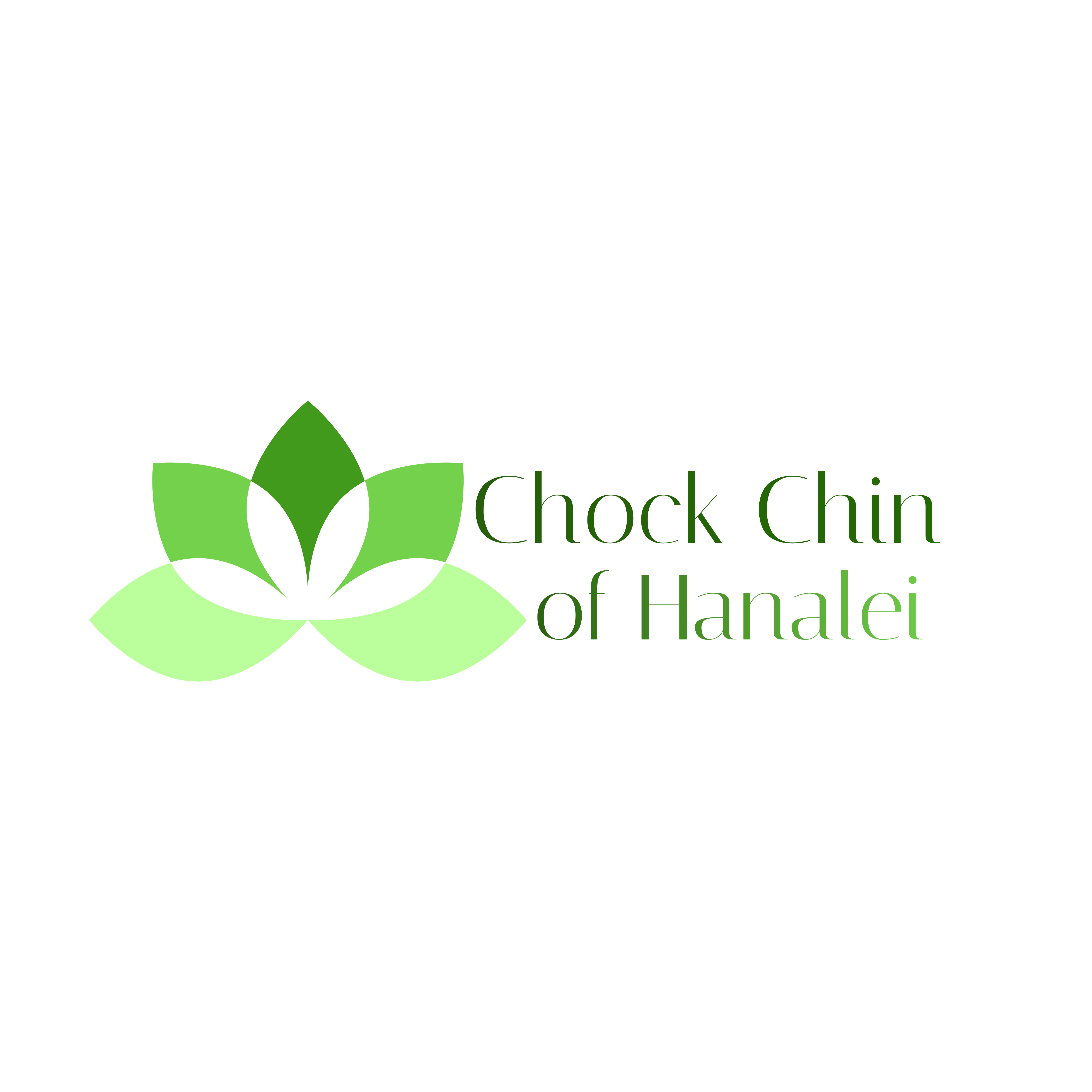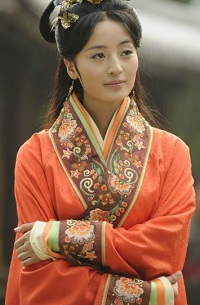In mid-January 2019, I contacted a Chinese genealogist and research specialist named Louise Skyles. She had been of great assistance to our friend, George Huang, helping him trace his genealogy back hundreds of years, and she was highly recommended by him.
My two objectives were:
- Locate our family’s ancestral village so we could travel there and try to find any data that might be in the graveyards, and hopefully find someone there who remembered my father’s family and could share stories with us.
- Find out how we can find additional records that predate the 1140 AD commencement of our jia pu.
I shared the jia pu with her, via this website, and asked if she could be of assistance.
Within a few days, she had emailed me with some very exciting information and leads to follow. She explained the following, which she had been able to find because of the jia pu. She wrote, “Your Chock卓(Chinese Pin Yin is Zhuo) family website [this site, chockchin.org] is great. I have done some research on your family according to the information you have provided. Here are some leads which I have found.”
Village: Guan Tang
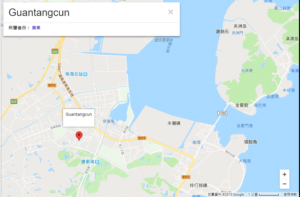
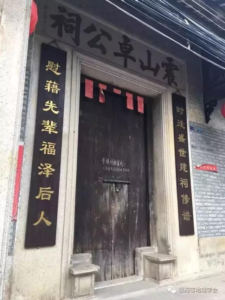
Our royal lineage
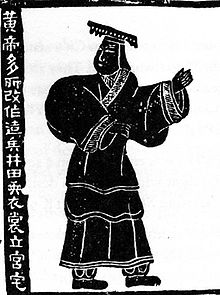
According to tradition, our first Chu ancestor, Xiong Yi , descended from the Yellow Emperor.
“This royal family has a pedigree chart recorded in a history book. There are about 100 names that were documented. Someone tried to put the data into familysearch.org at one point, but failed to finish them, so they ended up with a few names, some names missing data, and half of them not being keyed in. Example “
Louise is currently working to create an accurate record in familysearch.org that contains all of the historical data from the Chu records she has at her disposal. She is using a variety of records, including some that have recently been discovered through archaeological research in China.
Closing the gap
Once she has entered all available data for the Chu pedigrees, Louise will work to connect from the end of the Chu history to the start of our jia pu. The Chu history ends when they lost the struggle to head a unified China to the Qin.
She wrote,”I have carefully read through your jia pu. I have a feeling your record was extracted from a bigger record. It is not uncommon when someone moves far away from his hometown to carry a simplified jia pu with him. In case, he could not return to his home, his descendants will have a piece of family history to remember.”
She will try to contact the retired teacher who has created the comprehensive jia pu. That may be his phone number written on the door of our ancestral temple.
She also has found “a piece of information that may link your tree to the other book, but this needs further confirmation.”
She added, “By the way, I found a 卓 lady, who was born in Guan Tang Village, had helped Sun Yat-sen fight against the corrupt Qin Dynasty. Because Sun gathered his revolution people in Hawaii, I wonder your ancestor was involved in that. Just a thought.”

Meet your royal ancestors
To see the Chu family tree that Louise is assembling for us, it’s probably best to start at the top, with the first ancestor of this pedigree. Then you can explore the descendants, and learn a little bit about them, thanks to information Louise is entering in the Life Sketch area.
The first ancestor is:
https://www.familysearch.org/tree/person/details/LJTD-5RL
季連的後裔Yuxiong (Chinese: 鬻熊; pinyin: Yùxióng, reigned 11th century BC), also known as Yuzi or Master Yu (Chinese: 鬻子; pinyin: Yùzǐ), was an early ruler of the ancient Chinese state that was later known as Chu.[1][2] [3] In the Tsinghua Bamboo Slips his name is written as Xuexiong (Chinese: 穴熊; pinyin: Xuéxióng).[1][2]
Yuxiong’s clan name was Mi (芈). His son and successor Xiong Li adopted the second character of his name – Xiong – as the royal lineage name of Chu, which is now the 72nd most common surname in China.
Ancestry
According to legends recorded in the Records of the Grand Historian by Sima Qian, Yuxiong descended from the mythical Yellow Emperor and his grandson and successor Zhuanxu. Zhuanxu’s great-grandson Wuhui was put in charge of fire by Emperor Ku and given the title Zhurong. Wuhui’s son Luzhong (陸終) had six sons, all born by Caesarian section. The youngest son Jilian adopted the ancestral surname Mi and had a son named Fuju (附沮). Xuexiong was Fuju’s son.[3] However, Sima Qian mistakenly believed Xuexiong and Yuxiong were two different people and that Yuxiong was Xuexiong’s descendant.[1][2]
Enfeoffment
Yuxiong died during the reign of King Wen of Zhou, and was succeeded by his son Xiong Li. After Zhou overthrew the Shang Dynasty, King Wen’s grandson King Cheng of Zhou awarded Yuxiong’s great-grandson Xiong Yi the hereditary title of zĭ (子, roughly “viscount”) and the fiefdom of Chu, which in the ensuing centuries developed into one of the most powerful kingdoms of the Spring and Autumn period.
Resources being used in the research
Louise is conducting her research using the following resources:
Pronouncing these names
Louise is providing Pin Yin versions of all of the names in her entries in familysearch.org. This will help all of us who do not know how to read Chinese characters.
If you would like to hear how the names should be pronounced, my brother Galen suggested we use Google Translate. You can paste in the Pin Yin, or the Chinese characters, and click to translate to English. If you click the little audio button, you can hear how the name should be pronounced.
Louise explained that within the ancestral family groups, you will find different surnames. “By the way, if you wonder why the early Chu ancestors had different surnames, it is because they had a Clan surname and a lineage surname. Only the kings could pass on Xiong熊(in Chinese it means bear) as surname. The rest of them could only use Mi羋 as their surname.

Xiong — which means “bear”
